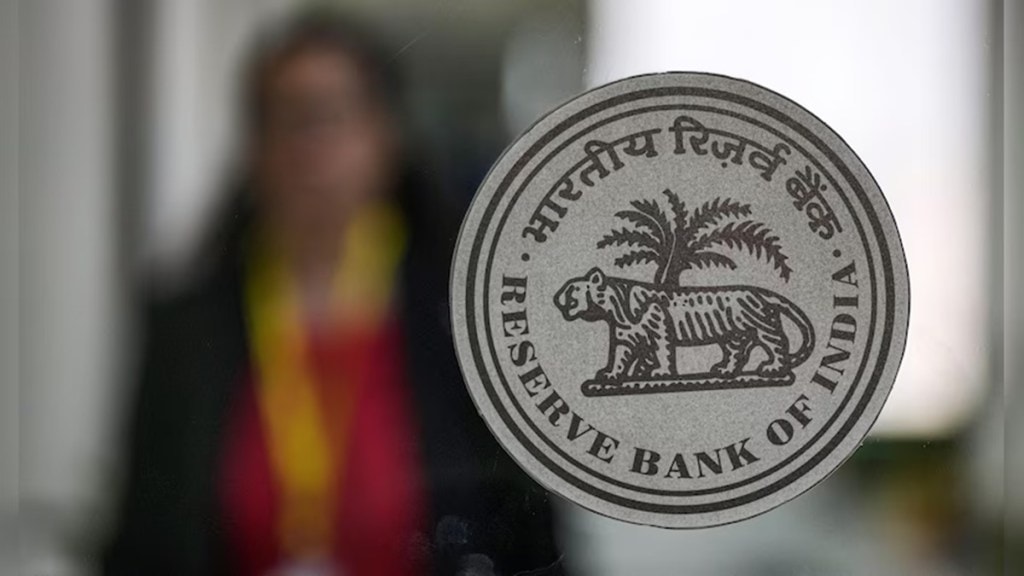The Reserve Bank of India (RBI) has kept the repo rate unchanged at 5.5 per cent during its August 2025 monetary policy meeting, citing easing inflation and resilient domestic growth. The pause in the repo rate comes after three consecutive cuts- totaling a 100-bps reduction since February.
The Monetary Policy Committee (MPC) chaired by RBI Governor Sanjay Malhotra met from August 4 to 6 and unanimously voted to continue with a neutral stance.
Here are the key highlights from RBI August MPC meet
1. RBI holds repo rate at 5.5 per cent, adopts wait-and-watch approach
With the pause in the repo rate cut at 5.5 per cent, the RBI has adopted a wait-and-watch approach to assess how the previous 100 basis points cut since February will impact the broader economy. “The impact of the 100 bps rate cuts since February 2025 on the economy is still unfolding,” the MPC noted.
The RBI maintained a ‘Neutral’ policy stance, with the Standing Deposit Facility (SDF) rate at 5.25 per cent, and the Marginal Standing Facility (MSF) and Bank Rate at 5.75 per cent.
2. RBI sees core inflation above 4 per cent
The RBI expects core inflation to remain moderately above 4 per cent during the year, unless there is a significant decline in input costs. “Inflation is projected to go up from the last quarter of this financial year,” the central bank said, adding that risks are evenly balanced.
The RBI expects headline inflation to inch above 4 per cent again in the fourth quarter due to base effects and rising demand.
3. RBI lowers full-year CPI inflation forecast to 3.1 per cent
Consumer Price Index (CPI) inflation for the full year 2025–26 is projected at 3.1 per cent, down from the earlier projection of 3.7 per cent.
Quarterly CPI inflation is projected at 2.1 per cent for Q2, 3.1 per cent for Q3, and 4.4 per cent for Q4. CPI inflation for Q1 of FY27 is projected at 4.9 per cent.
4. Growth outlook steady at 6.5 per cent
On the growth front, the RBI retained its GDP forecast at 6.5 per cent for the current financial year, with Q1 at 6.5 per cent, Q2 at 6.7 per cent, Q3 at 6.6 per cent, and Q4 at 6.3 per cent.
It noted that private consumption, government capital expenditure, and a strong monsoon are supporting domestic demand. The services and construction sectors remain strong, though industrial growth continues to be uneven.
The central bank expects real GDP growth in the first quarter of 2026–27 to come in at 6.6 per cent. “Growth is robust and as per earlier projections, though below our aspirations,” the RBI said.
5. RBI flags risks to external demand amid tariff uncertainty
RBI highlights that India’s domestic growth outlook remains robust, supported by factors like a favourable monsoon, lower inflation, and rising capacity utilisation. However, the external environment presents notable risks. The Reserve Bank of India (RBI) flagged that ongoing tariff announcements and unresolved trade negotiations are creating uncertainty around external demand. “Prospects of external demand, however, remain uncertain amidst ongoing tariff announcements and trade negotiations,” RBI noted.
These developments, coupled with prolonged geopolitical tensions, global financial market volatility, and lingering trade frictions, pose significant headwinds to India’s growth.
The next meeting of the MPC is scheduled from September 29 to October 1.
